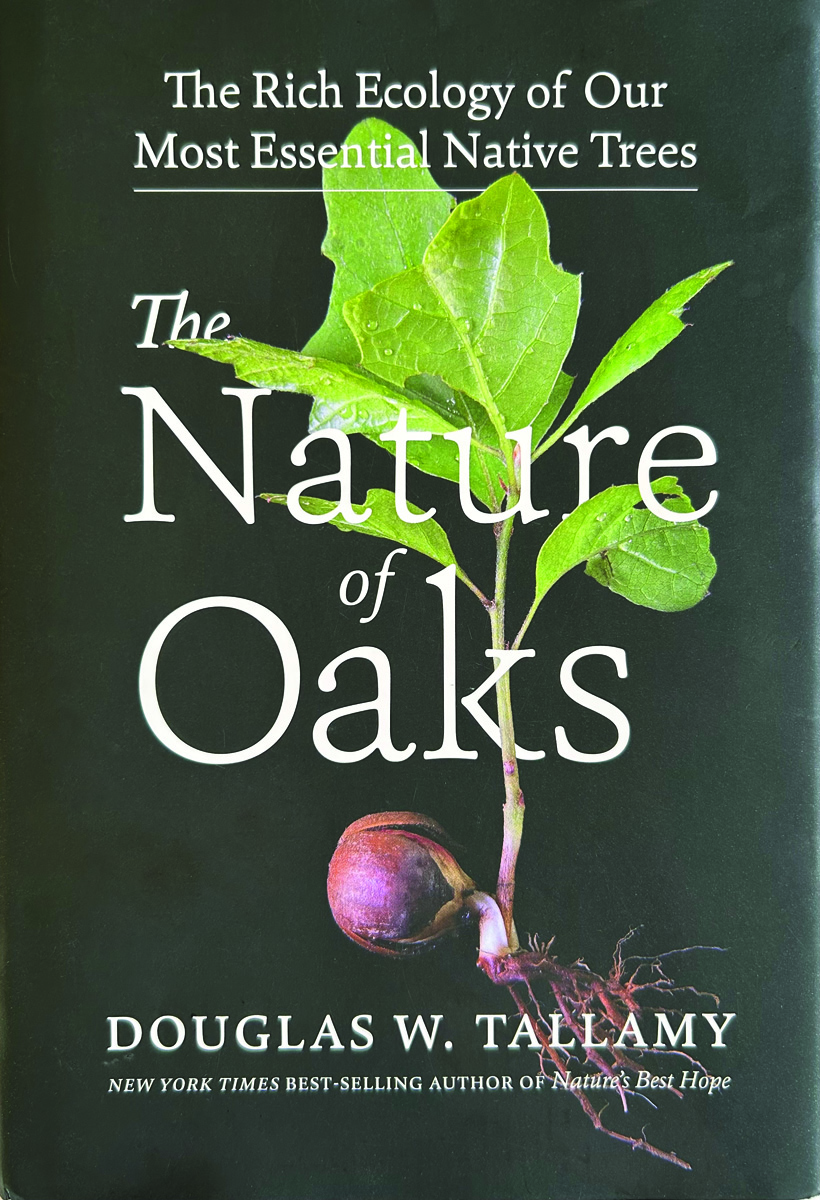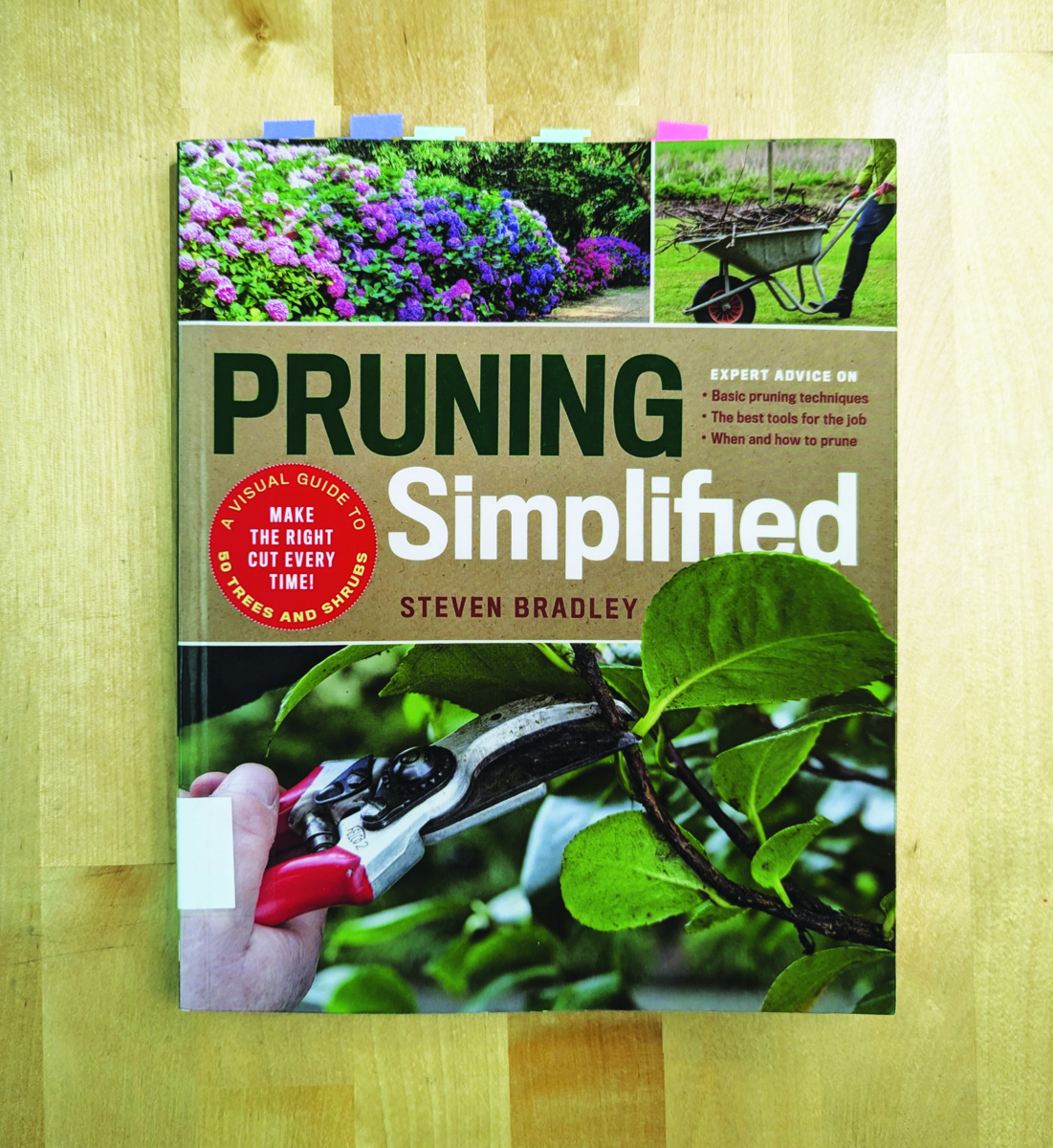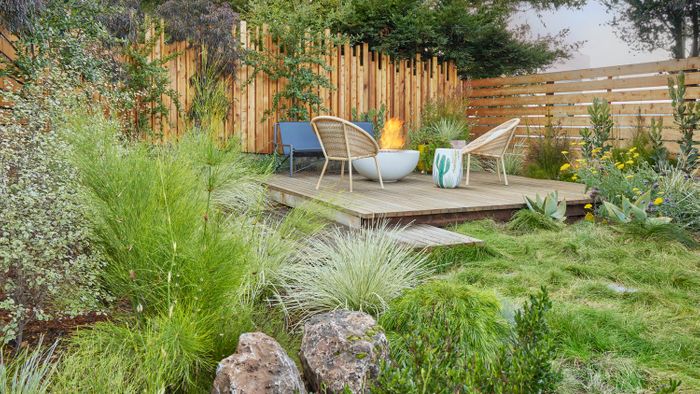
Gardeners are a hopeful bunch, and new varieties can be pretty enticing. They can also be disheartening. After planting yet another new coreopsis only to watch it croak, it’s not hard to imagine myself as Charlie Brown lying on my back, having tried and failed to kick that football yet again.
After whiffing a few times, consumers and pros alike may be tempted simply to stick to time-tested varieties. But some of those varieties aren’t what they once were. In other cases, they’ve been upgraded in meaningful ways that improve the gardening experience—better habit, longer bloom time, enhanced disease resistance. Before you swear off new plants forever, consider these classic upgrades.
Expect the same vibrant red flowers on a more compact model

Classic: ‘Lord Baltimore’ hardy hibiscus
Hibiscus ‘Lord Baltimore’
Zones: 5–9

Upgrade: ‘Cranberry Crush’ hibiscus
Hibiscus ‘Cranberry Crush’
Zones: 4–9
Size: 4 feet tall and wide
Conditions: Full sun; average soil
The vibrant red blooms and prolific flower show of ‘Lord Baltimore’ hibiscus have wooed gardeners since the introduction of the variety in 1955. I still find specs for that plant at 4 feet tall and wide, but my experience puts it more toward 6 feet tall and wide with an uncomfortably open habit. Proactive pruning in early summer can maintain the size and shape without significantly delaying the flower show, but if I forget and prune later I can sacrifice more than a few weeks of the floral display. ‘Cranberry Crush’ hibiscus maxes out at a more manageable size. The tighter internodes make for a denser plant and an even more impressive flower show as well. If red isn’t your thing, check out the other 11 cultivars in the Summerific® series, each as garden-worthy as the one before it.
A beefy Russian sage that won’t split midway through the party

Classic: Russian sage
Perovskia atriplicifolia
Zones: 4–9

Upgrade: ‘CrazyBlue’ Russian sage
Perovskia ‘CrazyBlue’
Zones: 4–9
Size: 2 feet tall and wide
Conditions: Full sun; dry to medium soil
Russian sage earned its spot as a classic by flourishing in the heat and drought of summer without batting an eye. Its silvery green foliage is stunning, but when the purply blue flower show starts in midsummer, wow! Unfortunately, in the rich soil of many gardens, it’s not uncommon to find the whole 5-foot-tall-and-wide beauty split open and lolling about unattractively even without a thunderstorm. Several dwarf varieties have been released that don’t open up but that also don’t have the oomph I love about the species. ‘CrazyBlue’ is bigger than the dwarf varieties but smaller than species. It begins blooming two weeks earlier than most Russian sages, and it doesn’t fall apart in late summer even in a thunderstorm.
Blight and leaf miners are no problem for this naturally resistant evergreen

Classic: Boxwood
Buxus sempervirens and cvs.
Zones: 5–8

Upgrade: NewGen Independence® boxwood
Buxus ‘SB108’
Zones: 5–8
Size: 3 feet tall and wide
Conditions: Full sun to full shade; moist, well-drained soil
Boxwoods are the little black dress of the gardening world (they go with everything), but if asked about boxwood varieties, most gardeners would likely only recall American boxwood (B. sempervirens) and/or English boxwood (B. sempervirens ‘Suffruticosa’). There are scads of lesser-known selections that -offer different shapes, sizes, colors, and now problem-solving performance in the landscape as well. English boxwood, beloved for tight hedges and classy foundation plantings, is very susceptible to boxwood blight, among other things. At 3 feet tall and wide in 15 years, NewGen Independence® is similar in size and shape to English boxwood but is naturally resistant to both boxwood blight and boxwood leaf miners. Where English boxwood requires some shade, NewGen Independence® is equally happy in full sun to full shade.
A sedge for nearly every condition imaginable

Classic: Evercolor® Everest Japanese sedge
Carex oshimensis ‘CarFit01’
Zones: 5–9

Upgrade: Feather Falls™ sedge
Carex ‘ETCRX01’
Zones: 5–9
Size: 12 to 18 inches tall and 24 to 36 inches wide
Conditions: Full sun to full shade; moist to dry soil
Evercolor® Everest Japanese sedge can be classified as a fairly new classic itself at just over a decade old. Its white variegation is so clean, its 10-inch-tall mound of foliage so soft, and its ground performance so solid that it quickly became a staple. Then came Feather Falls™, a beautiful beast that ate its predecessor for breakfast. Like Evercolor® Everest, Feather Falls™ has arching white-and-green-striped leaves and a clumping habit, but it is two to three times bigger and even more graceful. I’ve tried it in sun and shade, wet and dry, in the ground and in containers, but I haven’t found its limits yet.
A heuchera with a heartier disposition

Classic: ‘Palace Purple’ heuchera
Heuchera ’Palace Purple’
Zones: 4–9

Upgrade: Northern Exposure™ Black heuchera
Heuchera ‘TNHEUNB’
Zones: 3–9
Size: 10 inches tall and 28 inches wide
Conditions: Partial to full shade; moist, well-drained soil
‘Palace Purple’ heuchera was such a breakthrough upon its release that the Perennial Plant Association selected it as the second-ever Perennial Plant of the Year® in 1991. Unfortunately, its genetics have drifted over time, due in part to seedling variability, so the plant you find for sale now as ‘Palace Purple’ isn’t the same as it once was. Northern Exposure™ Black may not sound like a good replacement due to color differences, but ‘Palace Purple’ isn’t as purple as its name implies, and Northern Exposure™ Black isn’t as black. Bred to be more cold hardy, the Northern Exposure™ series turns out to be incredibly tolerant of heat and humidity as well. Northern Exposure™ Black heuchera also handles wet clay admirably—which is a death knell for many heucheras.
Vivid™ Bright Light dianthus

Classic: ‘Palace Purple’ heuchera
Heuchera ’Palace Purple’
Zones: 4–9

Upgrade: Vivid™ Bright Light dianthus
Dianthus ‘Uribest52’
Zones: 5–9
Size: 8 to 10 inches tall and 14 inches wide
Conditions: Full sun; well-drained soil
For many years, Firewitch dianthus was the cultivar by which all others were measured. It’s reliable, upright, and has intensely fragrant, neon pink flowers over dusty blue foliage in late spring. Vivid™ Bright Light raises that bar with a flower show beginning in midspring—earlier than Firewitch—and keeps blooming right through the hot summer nights into fall. It forms a compact mound of blue-green foliage, and the tall flower stems are stout enough that they don’t flop. A midsummer shearing isn’t necessary to keep the flower show going, but it does remove the accumulated spent flower stems, which are so numerous that they can fool you into thinking the blue-green foliage has turned brown.
Powdery mildew? Not on this new phlox

Classic: ‘David’ garden phlox
Phlox paniculata ‘David’
Zones: 4–8

Upgrade: ‘Fashionably Early Crystal’ phlox
Phlox ‘Fashionably Early Crystal’
Zones: 4–8
Size: 36 inches tall and wide
Conditions: Full sun; moist, well-drained soil
Powdery mildew is the bane of garden-phlox lovers everywhere. Even when the flowers are pristine, the foliage can look like it had a rendezvous with a box of powdered donuts. Strong resistance to powdery mildew helped ‘David’ garden phlox rise to classic status and win the Perennial Plant of the Year® honor in 2002. However, it has become difficult to find in recent years, and in the plant trial conducted at my workplace, it seemed to have lost much of its mildew resistance. Enter ‘Fashionably Early Crystal’ phlox. As an interspecific hybrid, it brings some of the best attributes of other species, such as earlier blooming (two or more weeks before any P. paniculata) and outstanding resistance to powdery mildew. We had it in our trial for three years before seeing any mildew, and even then it was slight. It’s a good bit shorter than the 4-foot-tall ‘David’, but the earlier bloom time and increased mildew resistance offer ample compensation.
Same graceful appearance without the invasive tendency

Classic: ‘Gracillimus’ miscanthus
Miscanthus sinensis ‘Gracillimus’
Zones: 5–9

Upgrade: Scout™ miscanthus
Miscanthus sinensis ‘Tift M77’
Zones: 5–9
Size: 6 feet tall and 3 feet wide
Conditions: Full sun; well-drained soil
You probably know ‘Gracillimus’ miscanthus as a large, fine-textured, fall-blooming grass with a graceful upright habit. It doesn’t get disease and the deer don’t eat it, so it’s an easy choice for a plant-it-and-forget-it perennial in full sun. But as many of us have come to realize, miscanthus has a reseeding problem. In many parts of the country, this has become a major issue. The seeds are dispersed by wind, meaning they can—and do—travel impressive distances beyond your garden borders. Scout™ miscanthus offers a very similar look to ‘Gracillimus’, but it’s nonfertile, so you can plant it in good conscience. Topping out at 6 feet tall before bloom, it’s about a foot shorter than ‘Gracillimus’, and in our trials it bloomed several weeks earlier.
Paul Westervelt is the annual and perennial production manager and director of new plant research and development for Saunders Brothers, a wholesale nursery in Piney River, Virginia.
Fine Gardening Recommended Products

The Nature of Oaks: The Rich Ecology of Our Most Essential Native Trees
Fine Gardening receives a commission for items purchased through links on this site, including Amazon Associates and other affiliate advertising programs.

Pruning Simplified: A Step-by-Step Guide to 50 Popular Trees and Shrubs
Fine Gardening receives a commission for items purchased through links on this site, including Amazon Associates and other affiliate advertising programs.

ARS Telescoping Long Reach Pruner
Fine Gardening receives a commission for items purchased through links on this site, including Amazon Associates and other affiliate advertising programs.


















Comments
Log in or create an account to post a comment.
Sign up Log in